Home>Gardening & Outdoor>Outdoor Structures>What Plywood For Shed Roof
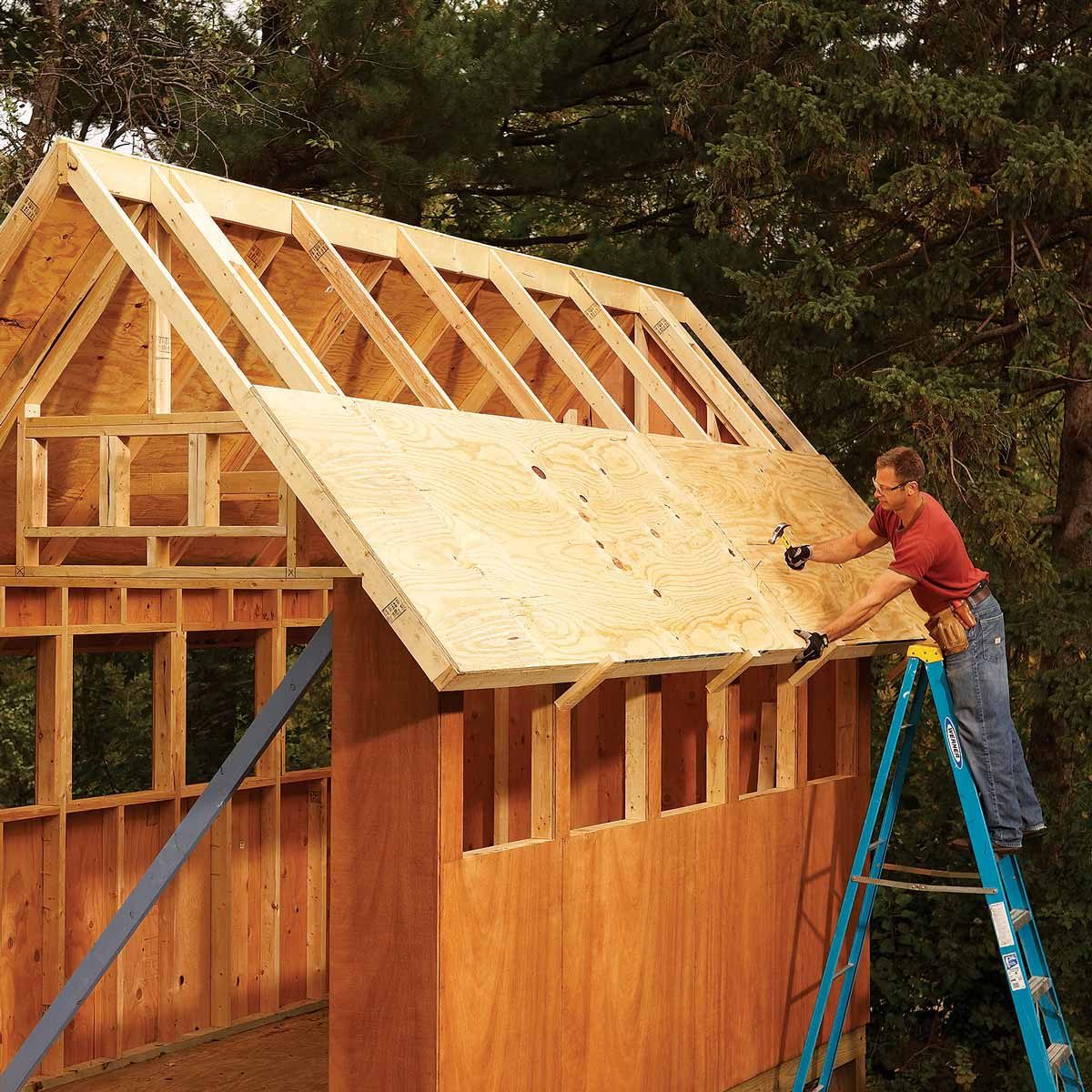

Outdoor Structures
What Plywood For Shed Roof
Modified: February 18, 2024
Find the best plywood for your shed roof to ensure durability and protection from the elements. Explore top options for outdoor structures.
(Many of the links in this article redirect to a specific reviewed product. Your purchase of these products through affiliate links helps to generate commission for Storables.com, at no extra cost. Learn more)
Introduction
Building a shed can be an exciting project, whether you're a seasoned DIY enthusiast or a newcomer to the world of outdoor structures. One of the most critical aspects of constructing a shed is the roof, and the type of plywood you choose for this purpose can significantly impact the overall durability and longevity of your shed. In this comprehensive guide, we will explore the various types of plywood commonly used for shed roofs, along with the essential factors to consider when making this crucial decision.
The right plywood for your shed roof can provide structural support, weather resistance, and aesthetic appeal, making it a vital component of your construction project. Understanding the different options available and their respective benefits will empower you to make an informed decision that aligns with your specific needs and budget.
Whether you're embarking on a new shed construction or planning to replace an existing roof, this guide aims to equip you with the knowledge and insights necessary to select the best plywood for your shed roof. Let's delve into the world of shed construction and plywood selection to ensure your project is built on a sturdy and reliable foundation.
Key Takeaways:
- Choose CDX plywood for an affordable and durable shed roof, or opt for treated plywood for enhanced weather resistance and protection against rot and decay.
- Consider weather resistance, structural strength, and budget when selecting plywood for your shed roof to ensure longevity and compatibility with roofing materials.
Read more: What Size Plywood For Shed Roof
Types of Plywood for Shed Roof
When it comes to selecting plywood for your shed roof, there are several options to consider, each with its own unique characteristics and suitability for different applications. Understanding the distinctions between these plywood types is crucial for making an informed decision that aligns with your specific requirements. Here are some common types of plywood used for shed roofs:
- CDX Plywood: This type of plywood is a popular choice for shed roofs due to its affordability and structural strength. CDX plywood is constructed with a C-grade face and a D-grade back, making it suitable for exterior applications where appearance is not a primary concern. It is an economical yet durable option for shed roofs, providing reliable performance in various weather conditions.
- OSB (Oriented Strand Board): While not technically plywood, OSB is a viable alternative for shed roofs. Composed of compressed wood strands, OSB offers excellent structural integrity and moisture resistance. It is often used as a cost-effective substitute for plywood and can be a suitable choice for shed roofs, especially in regions with moderate climate conditions.
- Treated Plywood: For enhanced weather resistance and protection against rot and decay, treated plywood is a valuable option for shed roofs. Pressure-treated plywood is infused with preservatives to withstand exposure to moisture, making it ideal for regions prone to high humidity or frequent precipitation. Treated plywood provides an added layer of defense against the elements, prolonging the lifespan of the shed roof.
- Exterior Grade Plywood: As the name suggests, exterior grade plywood is designed for outdoor applications, making it a suitable choice for shed roofs. This type of plywood is manufactured with adhesive and materials that enhance its resistance to moisture and weathering. It offers reliable performance in varying climates and can contribute to the longevity of the shed roof.
Each type of plywood has its own set of advantages and considerations, and the optimal choice for your shed roof will depend on factors such as budget, climate, and specific project requirements. By evaluating the characteristics of each plywood type, you can make an informed decision that aligns with your priorities and ensures the structural integrity and longevity of your shed roof.
Use at least 5/8 inch thick exterior grade plywood for shed roofs. This will provide the necessary strength and durability to withstand weather and support roofing materials.
Factors to Consider When Choosing Plywood for Shed Roof
When selecting plywood for your shed roof, several crucial factors should guide your decision-making process. Considering these key elements will help you choose plywood that aligns with your specific needs and ensures the long-term durability and performance of your shed roof. Here are the essential factors to consider when making this important decision:
- Weather Resistance: Assess the climate conditions in your region to determine the level of weather resistance required for the shed roof plywood. If you live in an area with high humidity, frequent rain, or extreme temperature variations, opting for plywood with enhanced moisture resistance and weatherproofing capabilities is essential to protect the roof from deterioration.
- Structural Strength: Evaluate the structural requirements of your shed roof to ensure that the selected plywood offers adequate strength and load-bearing capacity. The plywood should be capable of supporting the roofing materials and withstanding external forces, such as wind and snow loads, to maintain the structural integrity of the shed.
- Budget Considerations: Determine the budget allocated for the shed roof plywood, taking into account the cost of different plywood types and their respective benefits. Balancing cost-effectiveness with quality is crucial, and exploring various options will help you find plywood that meets your budgetary constraints without compromising on essential attributes.
- Longevity and Durability: Prioritize plywood that exhibits durability and longevity, especially if you intend to construct a shed with a prolonged lifespan. Factors such as resistance to rot, decay, and insect infestation are vital for ensuring the longevity of the shed roof, minimizing the need for frequent maintenance and replacements.
- Compatibility with Roofing Materials: Consider the type of roofing materials that will be installed on the shed roof and ensure that the selected plywood is compatible with these materials. Whether you plan to use asphalt shingles, metal roofing, or other options, the plywood should provide a suitable substrate for secure installation and optimal performance of the roofing system.
- Manufacturer Specifications and Standards: Verify that the plywood you choose complies with relevant industry standards and manufacturer specifications. This includes confirming the plywood’s adherence to quality standards, proper bonding, and suitable thickness for the intended roofing application.
By carefully evaluating these factors and conducting thorough research, you can make an informed decision when choosing plywood for your shed roof. Prioritizing weather resistance, structural integrity, budget considerations, longevity, compatibility with roofing materials, and adherence to industry standards will empower you to select plywood that meets your specific requirements and contributes to the overall resilience and reliability of your shed roof.
Conclusion
Choosing the right plywood for your shed roof is a pivotal decision that significantly influences the structural integrity, weather resistance, and longevity of your outdoor structure. By exploring the various types of plywood available, considering essential factors, and aligning your choice with the specific requirements of your shed project, you can make a well-informed decision that ensures a durable and dependable roof for your shed.
Whether you opt for CDX plywood, OSB, treated plywood, or exterior grade plywood, each type offers distinct advantages and considerations that cater to different project needs and environmental conditions. Understanding the unique characteristics of these plywood options empowers you to select the most suitable material for your shed roof, taking into account factors such as weather resistance, structural strength, budget considerations, and compatibility with roofing materials.
When embarking on the construction or renovation of a shed, it is essential to prioritize the longevity and durability of the shed roof, as it serves as a critical protective barrier against the elements. By evaluating the weather conditions in your region, assessing the load-bearing requirements, and considering the long-term performance of the plywood, you can make a choice that enhances the resilience and functionality of your shed roof.
Ultimately, the selection of plywood for your shed roof should align with your project’s specific needs, budget constraints, and the desire for a reliable and enduring outdoor structure. By considering the factors outlined in this guide and conducting thorough research, you can confidently choose plywood that contributes to the overall quality and longevity of your shed roof, providing peace of mind and protection for years to come.
Armed with the knowledge and insights from this guide, you are well-equipped to navigate the diverse options and considerations associated with plywood selection for shed roofs, ensuring that your shed stands the test of time with a robust and resilient roof that withstands the elements.
Frequently Asked Questions about What Plywood For Shed Roof
Was this page helpful?
At Storables.com, we guarantee accurate and reliable information. Our content, validated by Expert Board Contributors, is crafted following stringent Editorial Policies. We're committed to providing you with well-researched, expert-backed insights for all your informational needs.
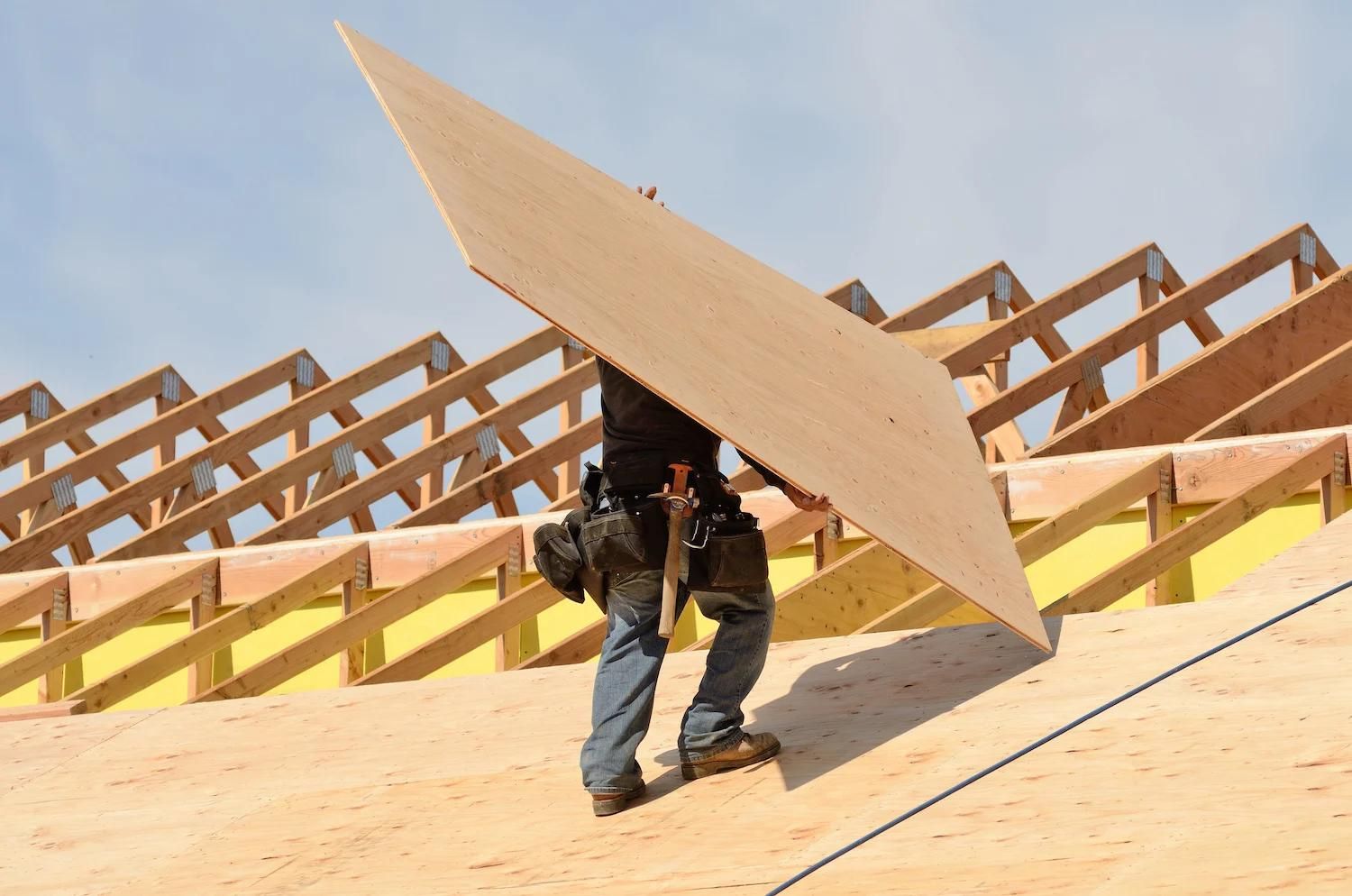
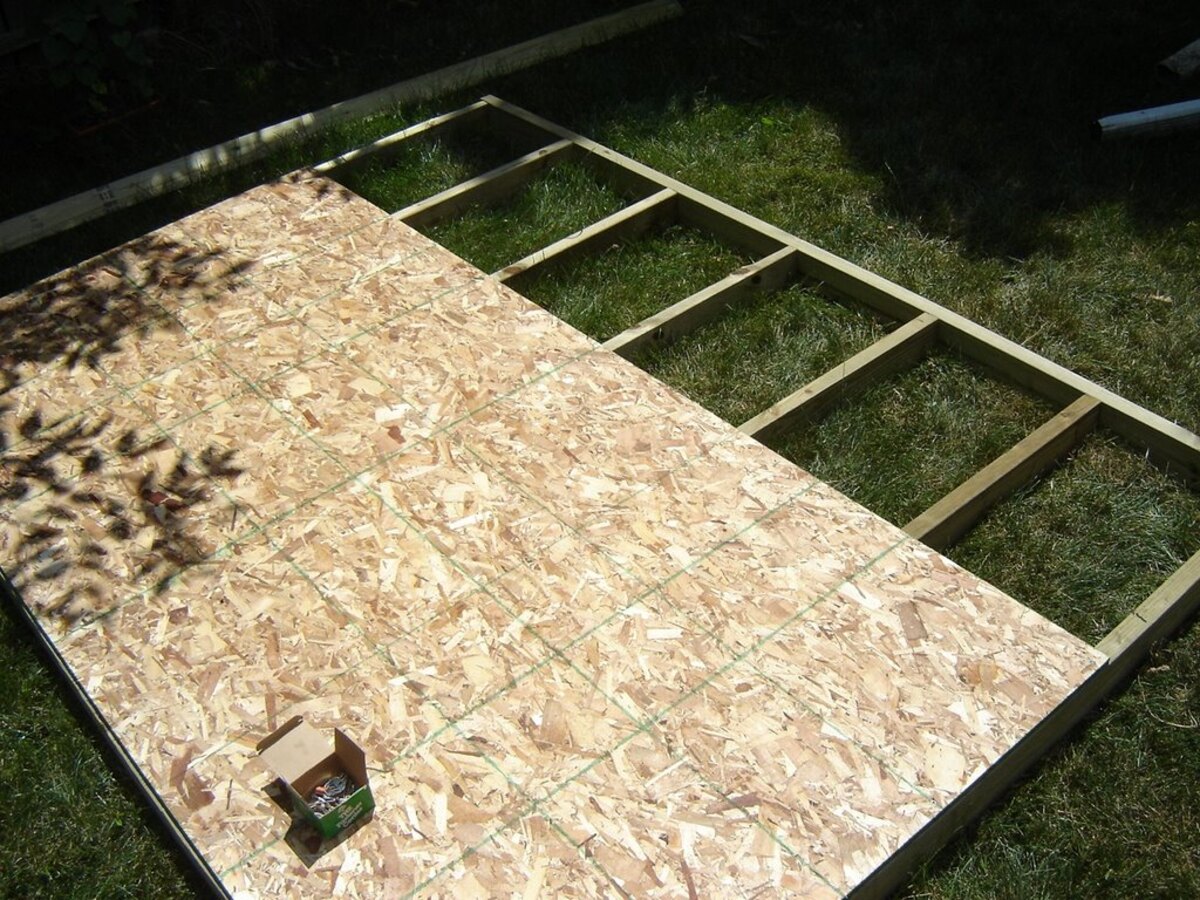
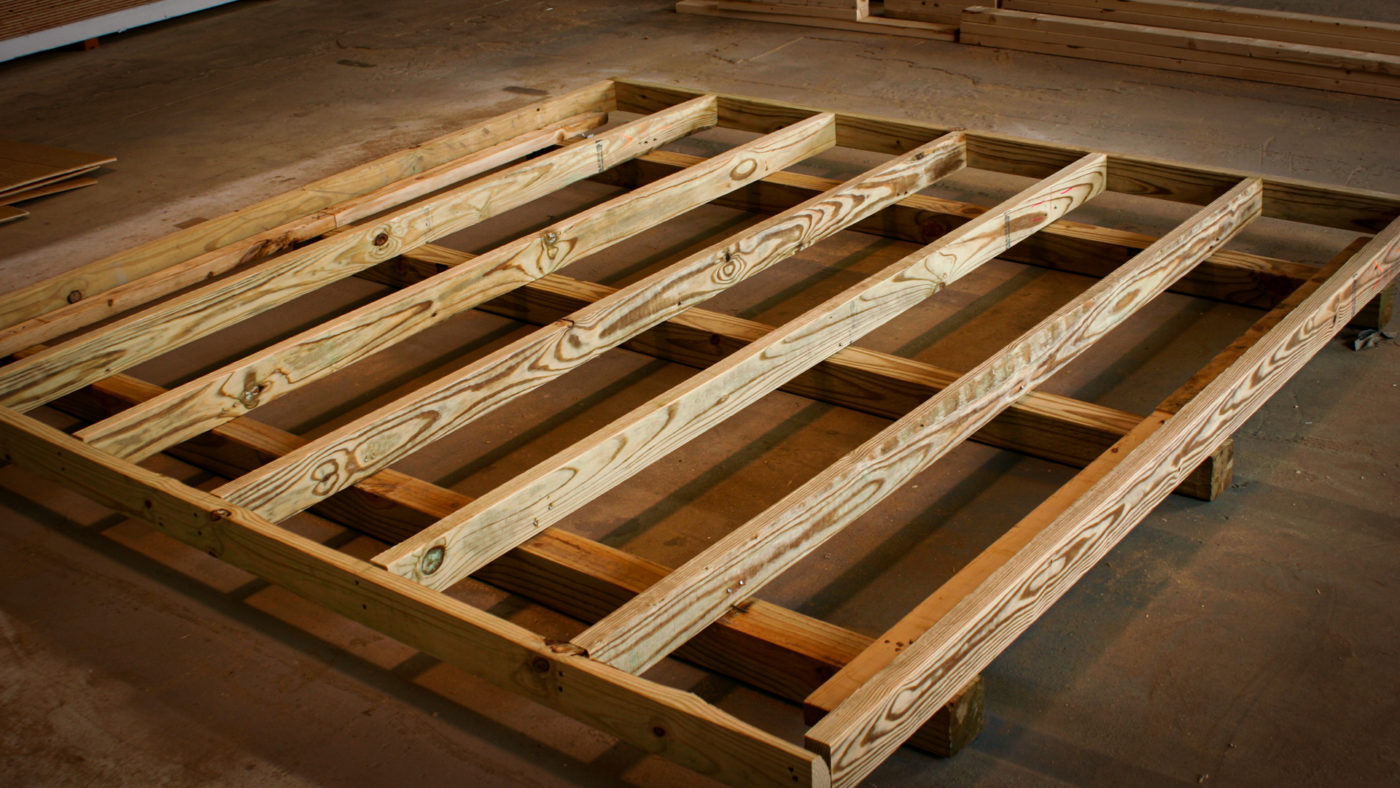
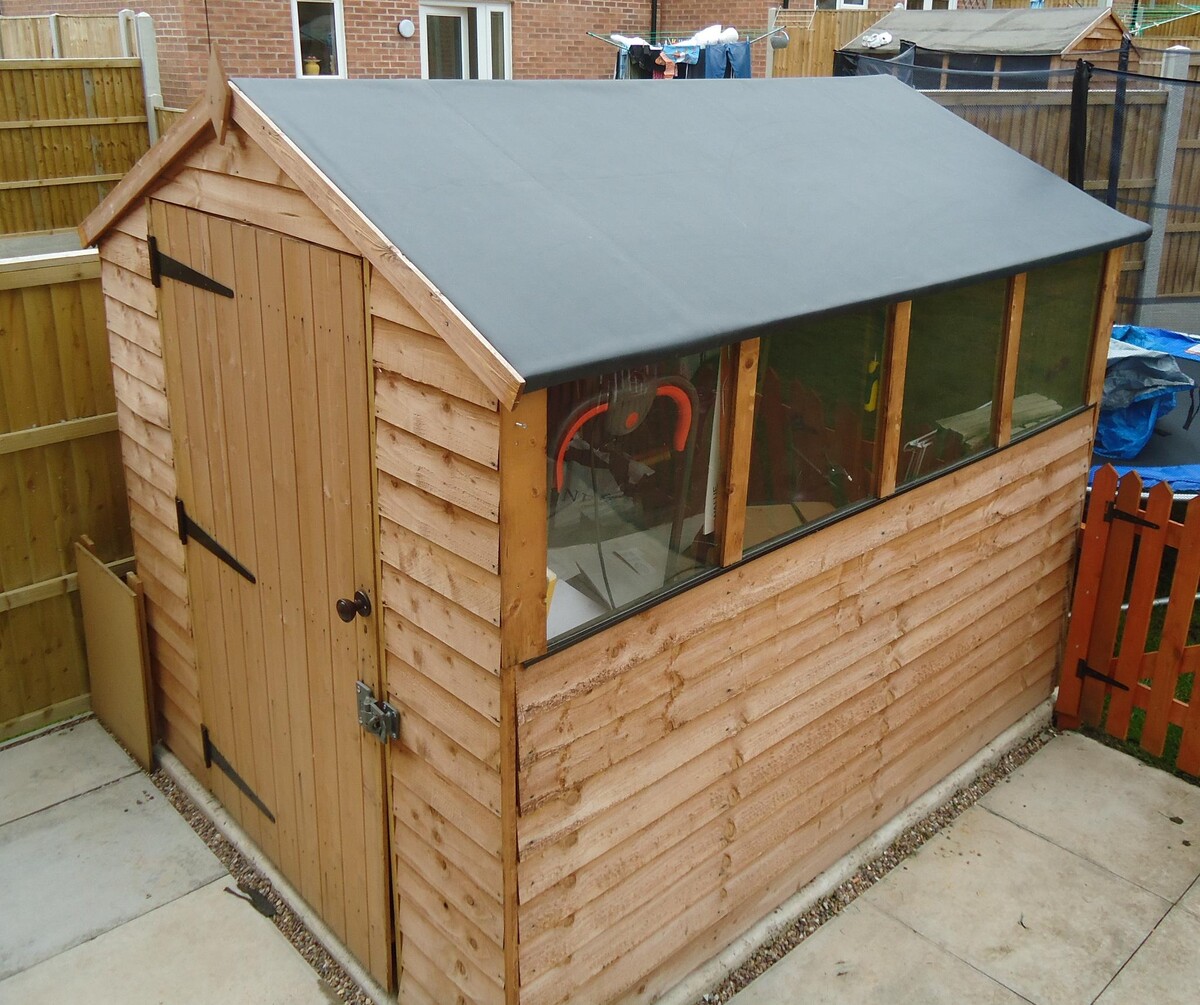
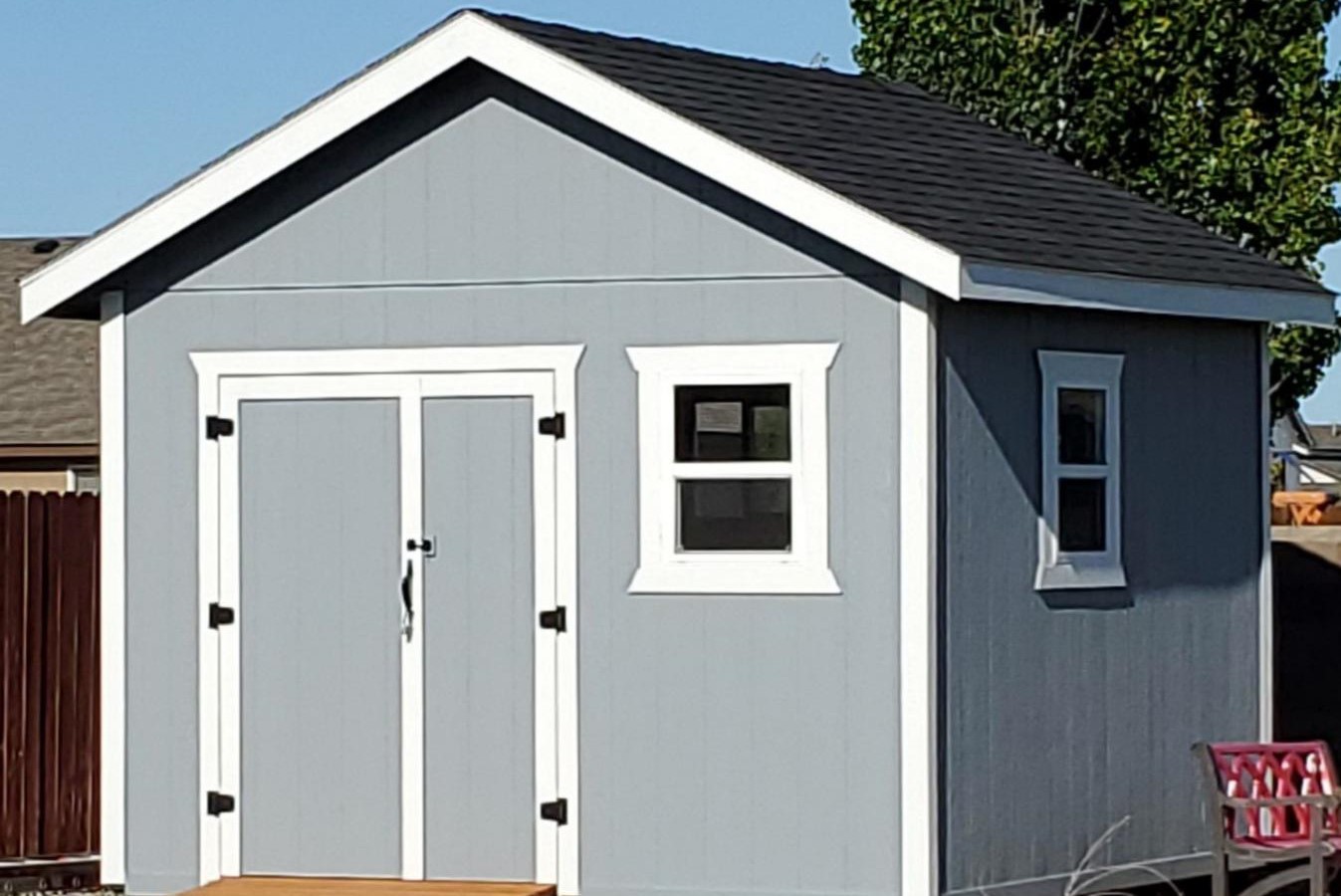
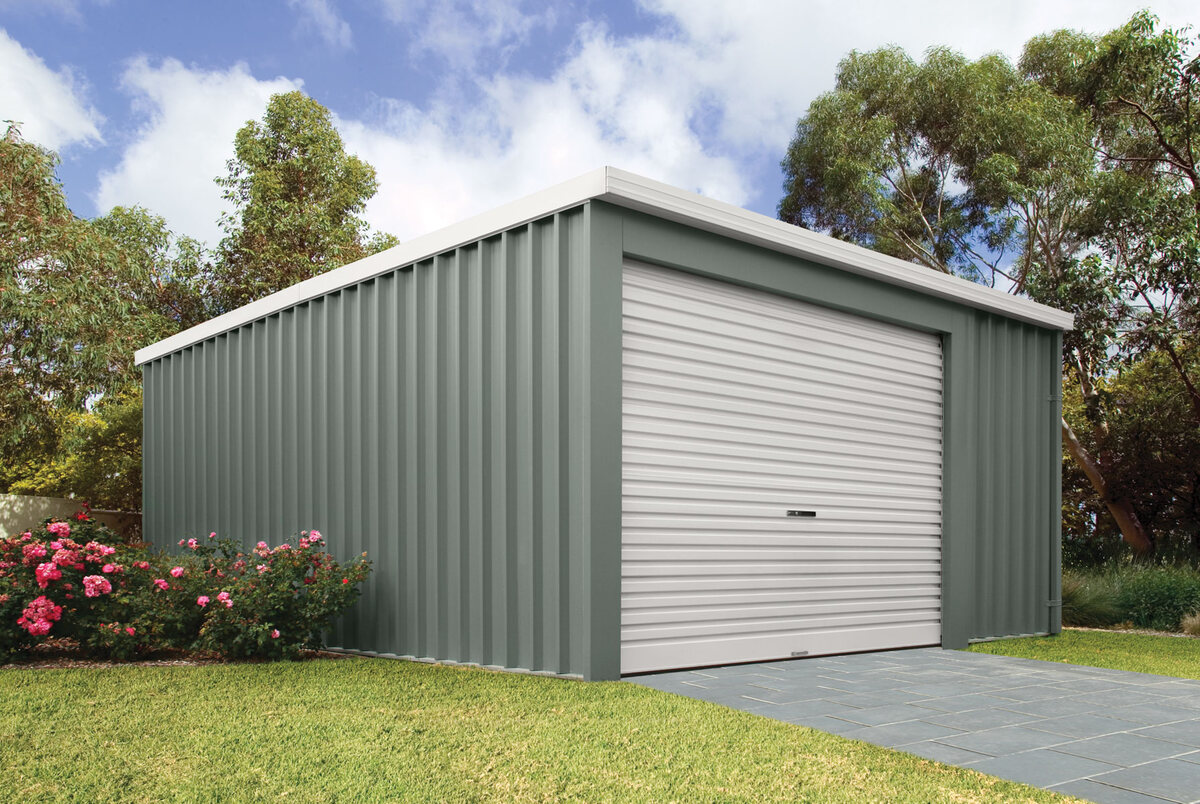
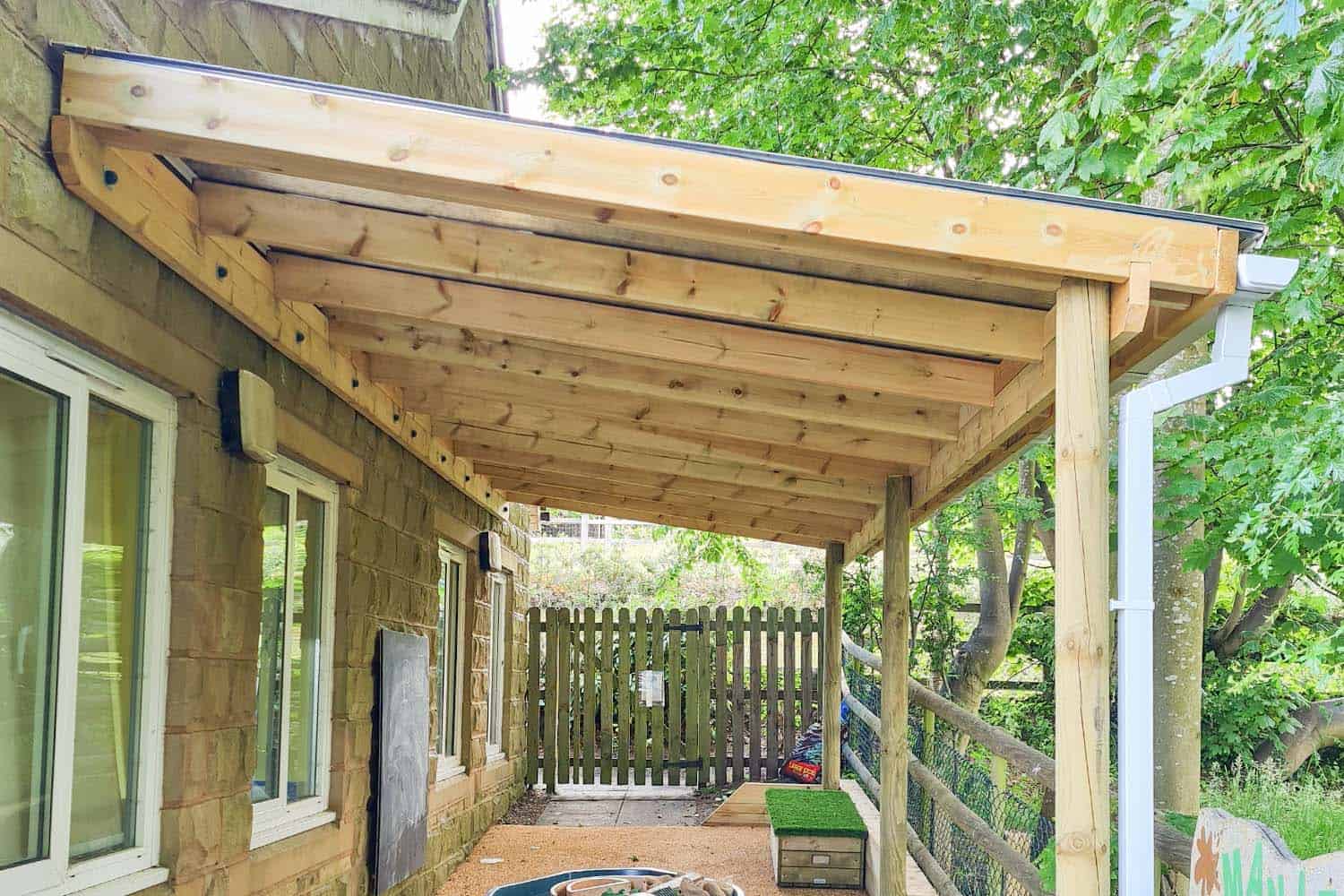
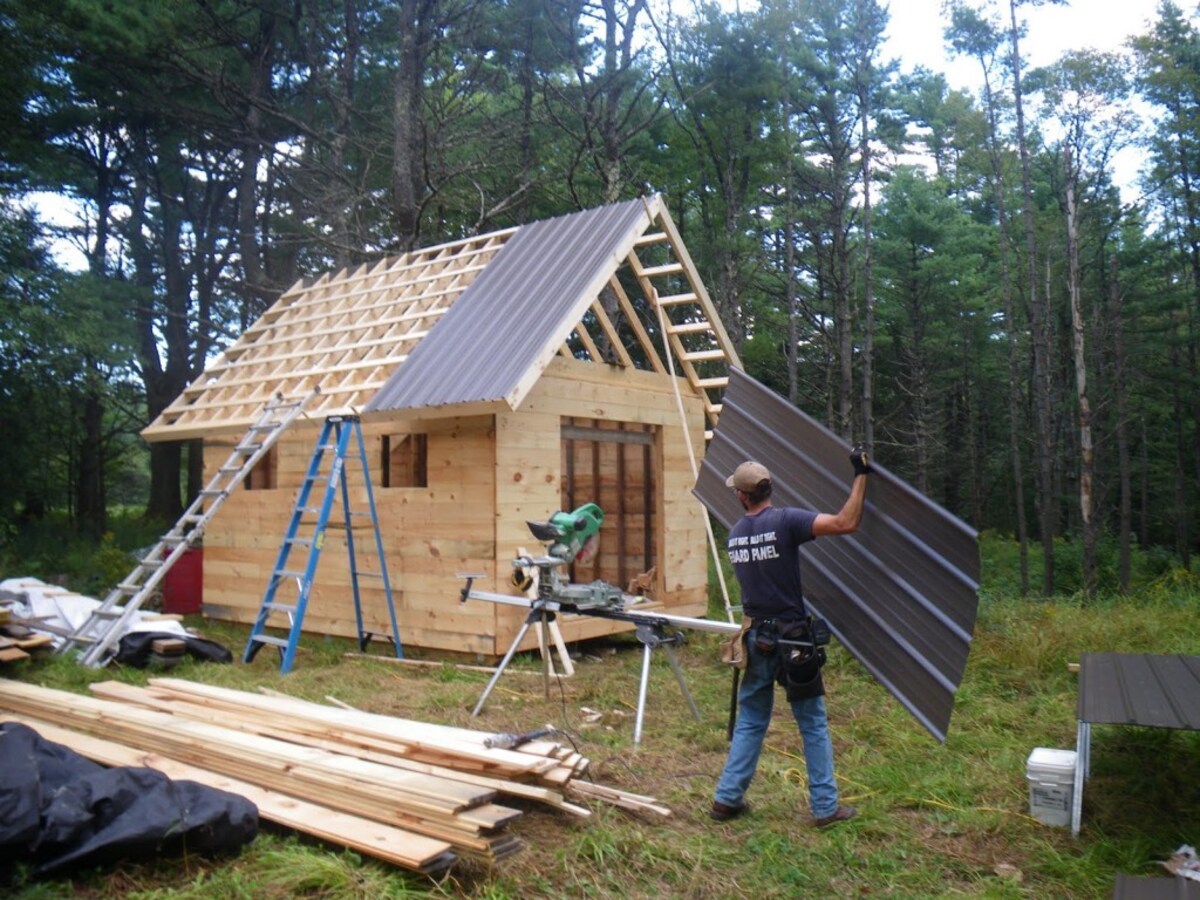
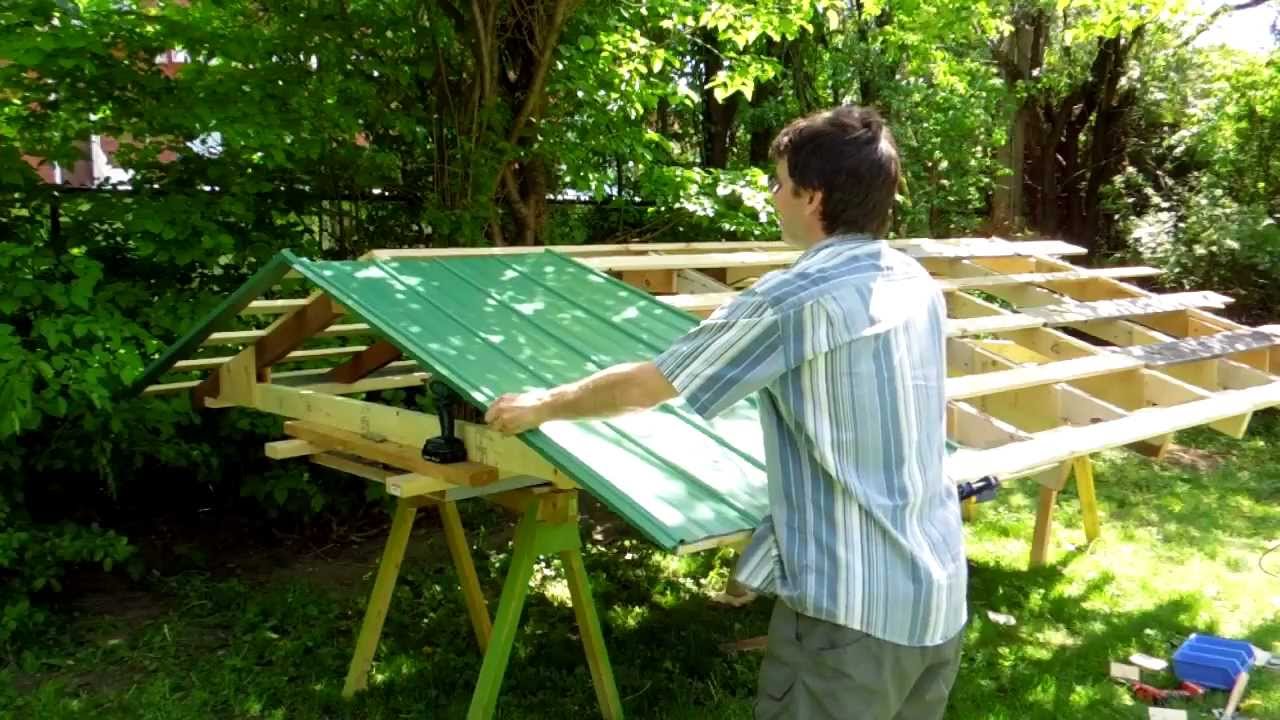
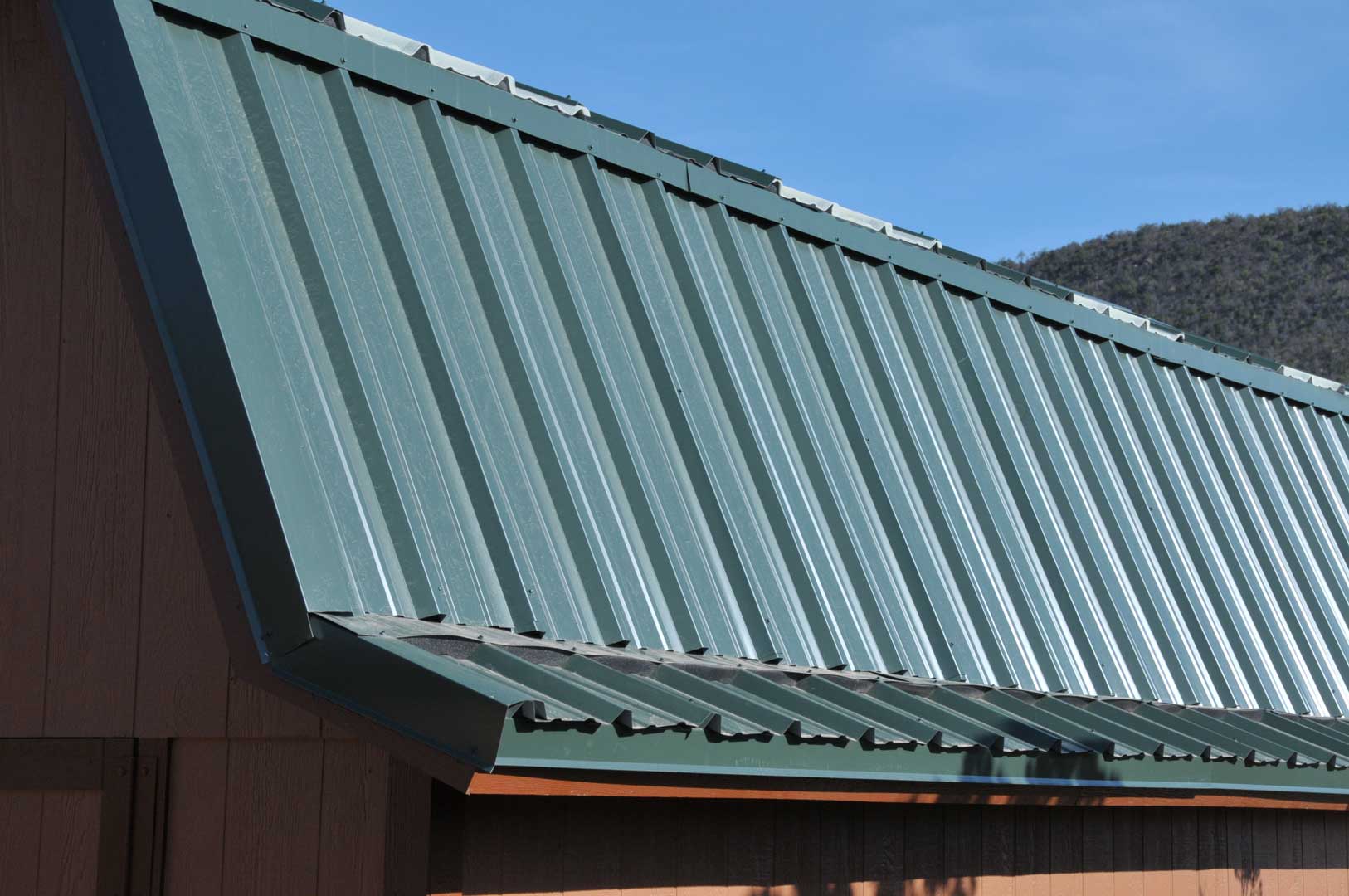

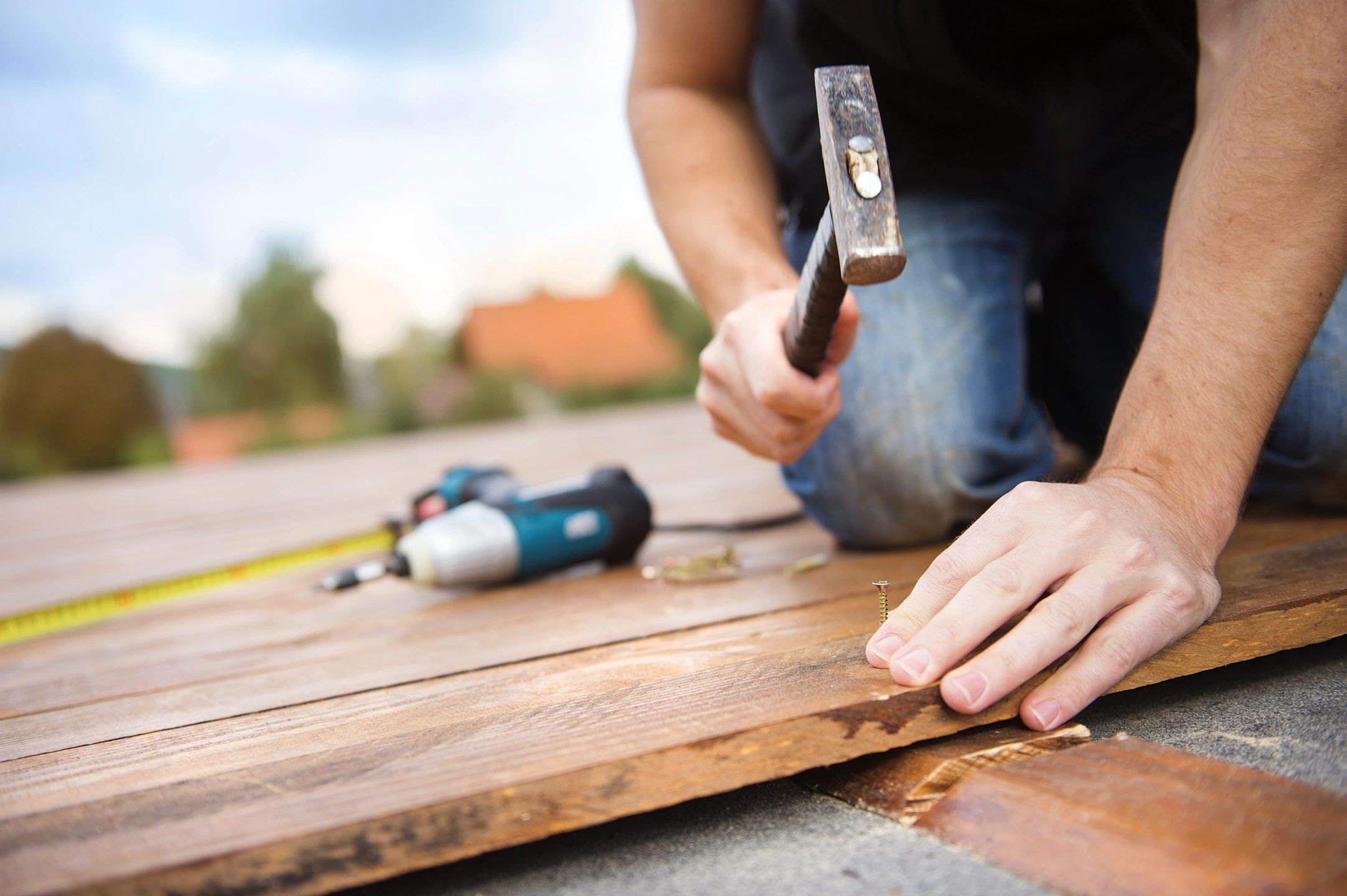
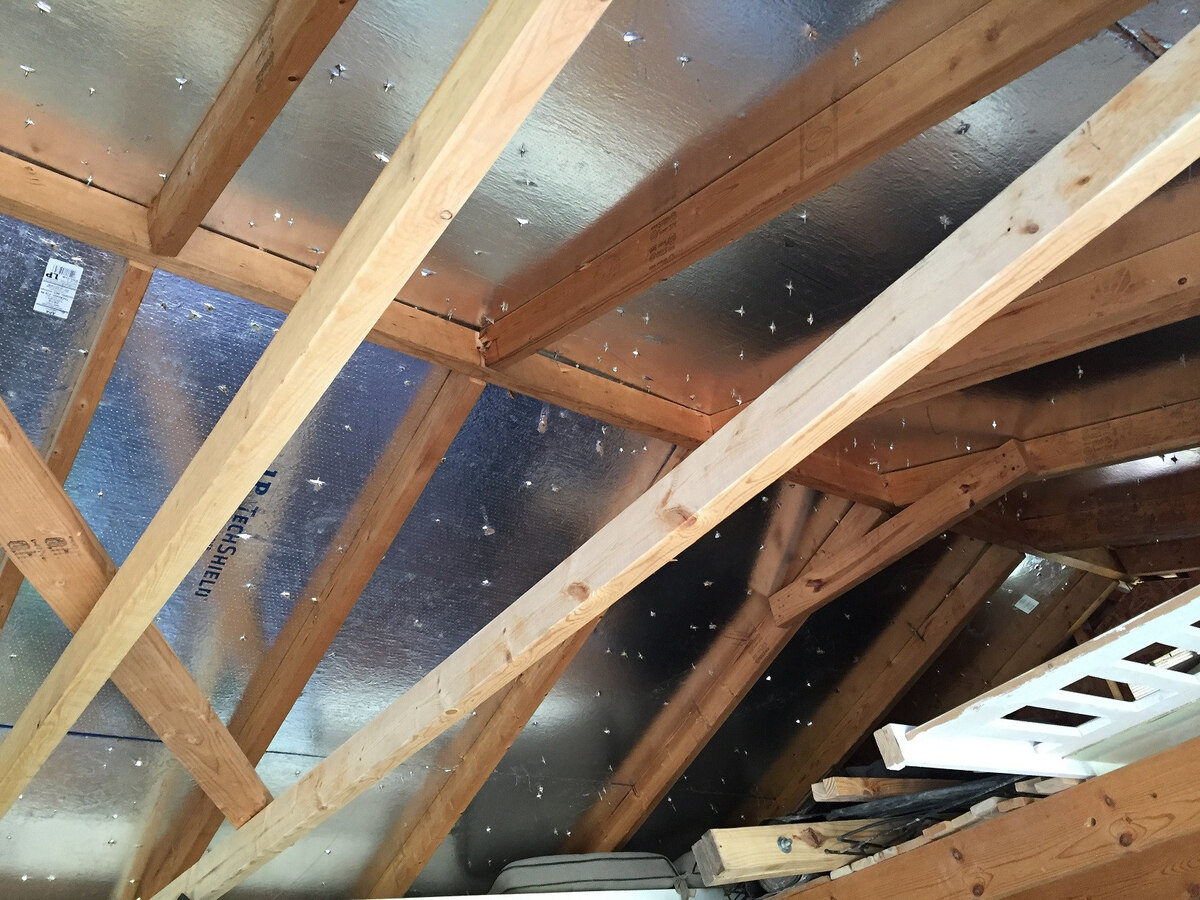
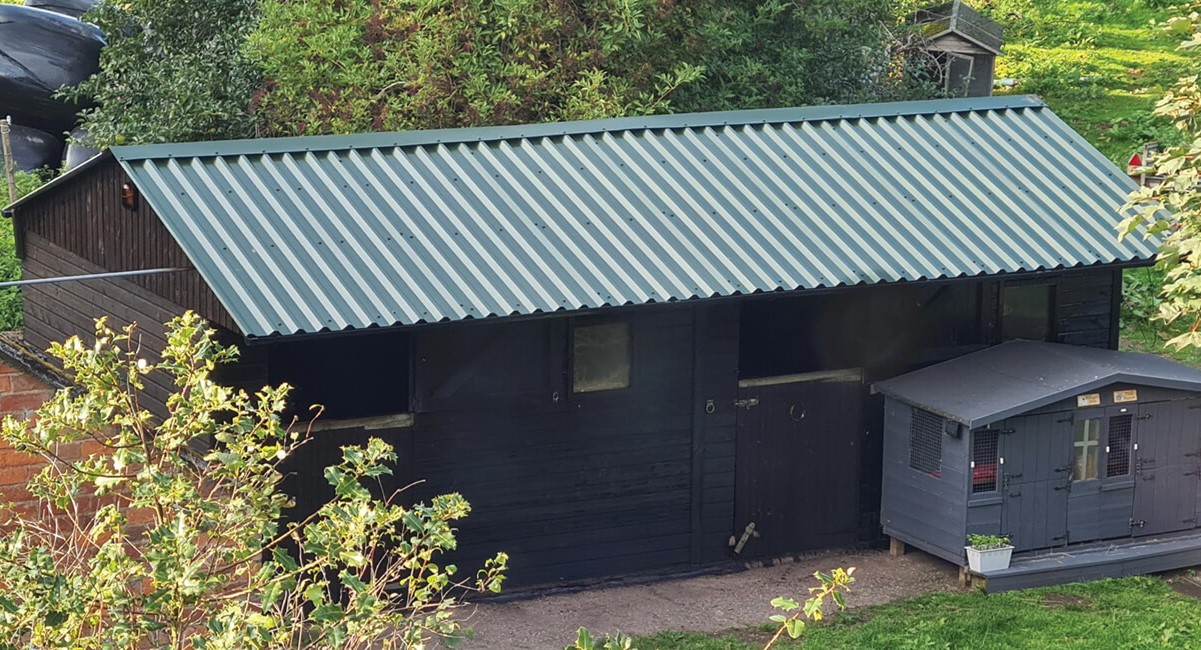
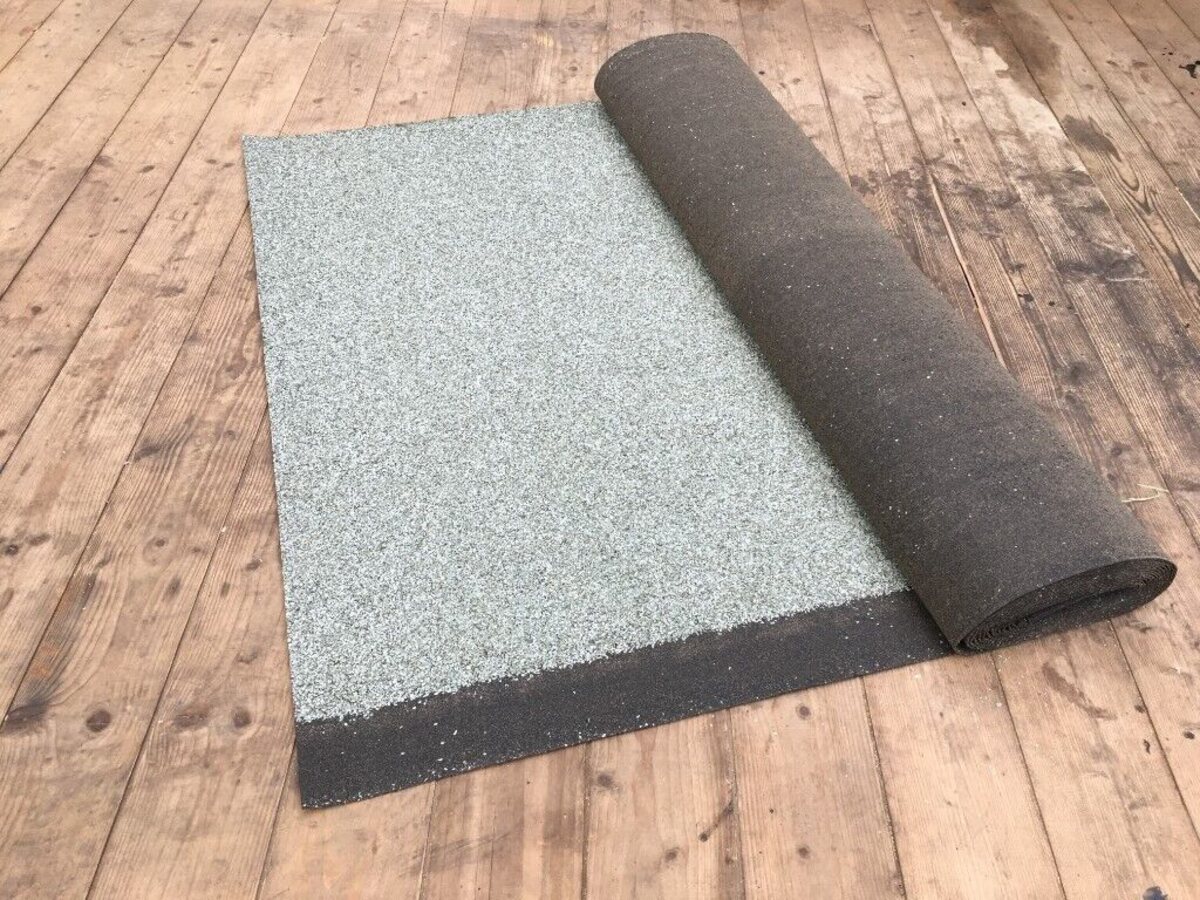

0 thoughts on “What Plywood For Shed Roof”